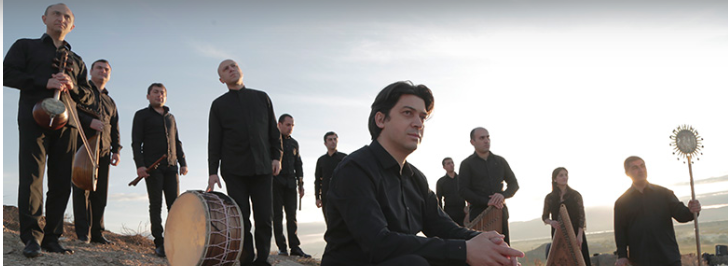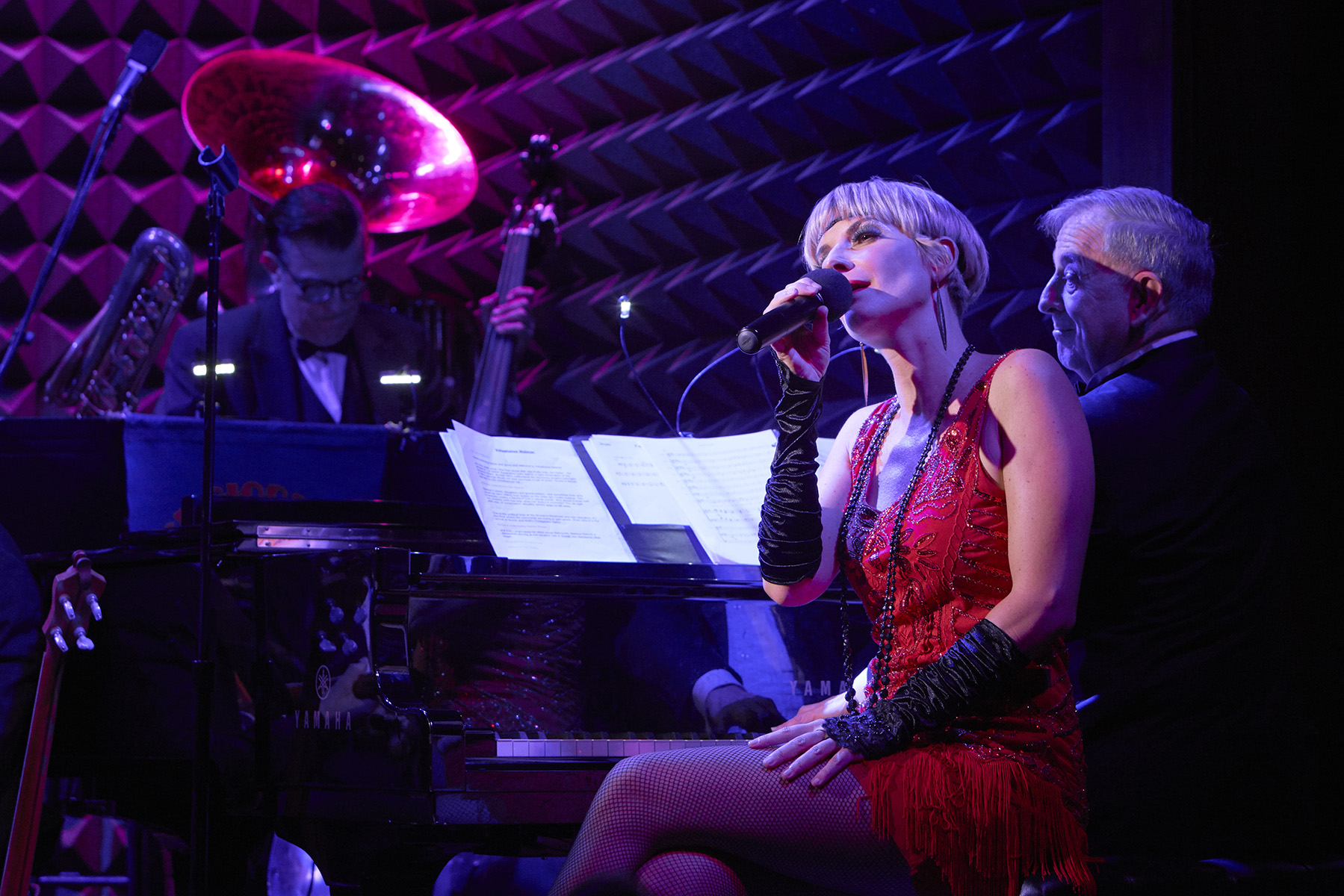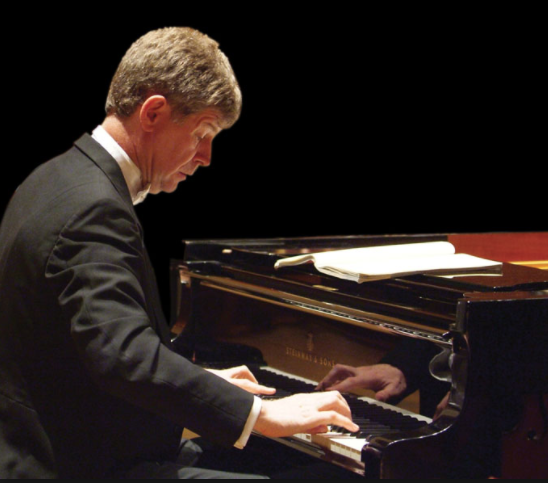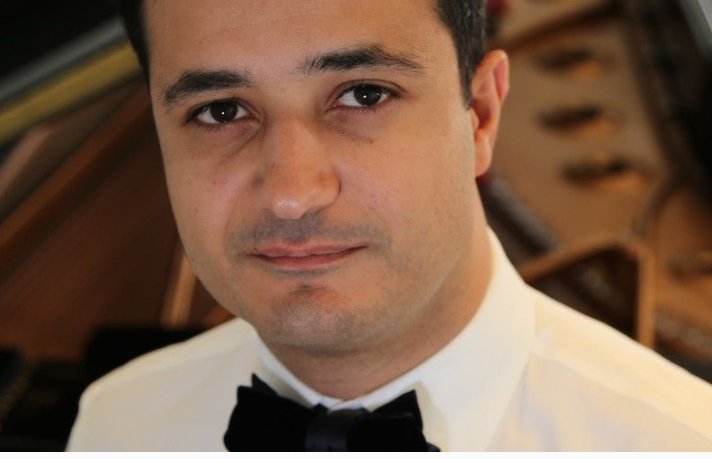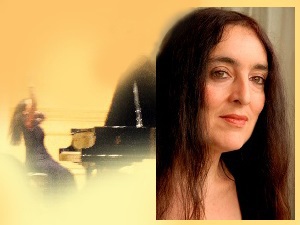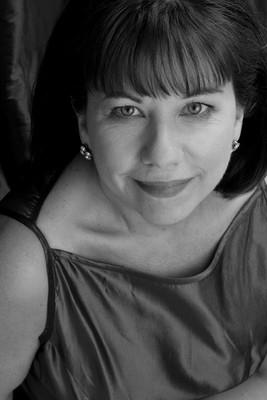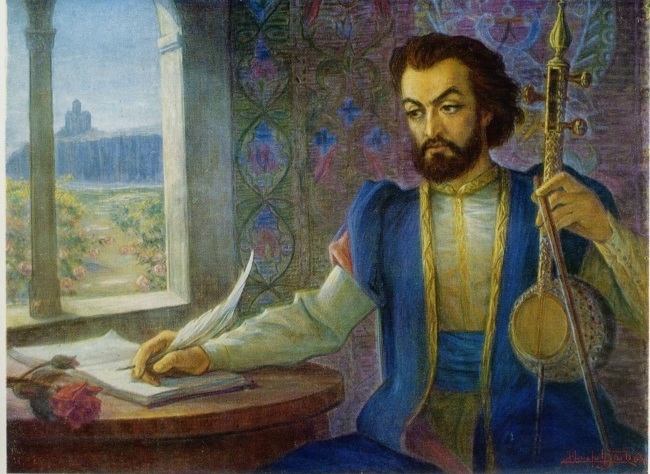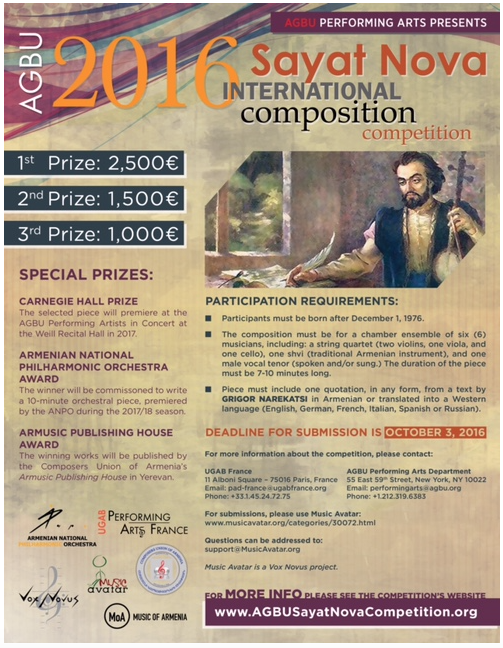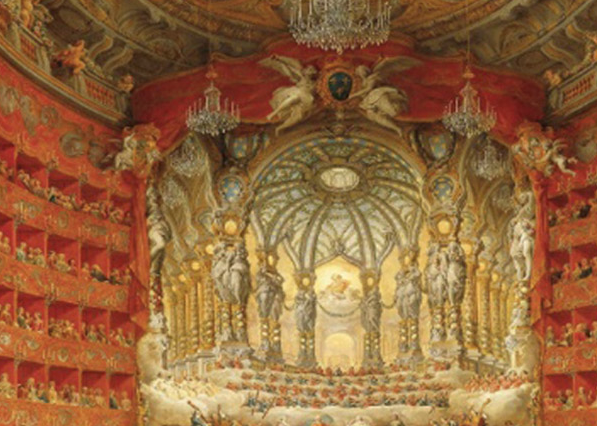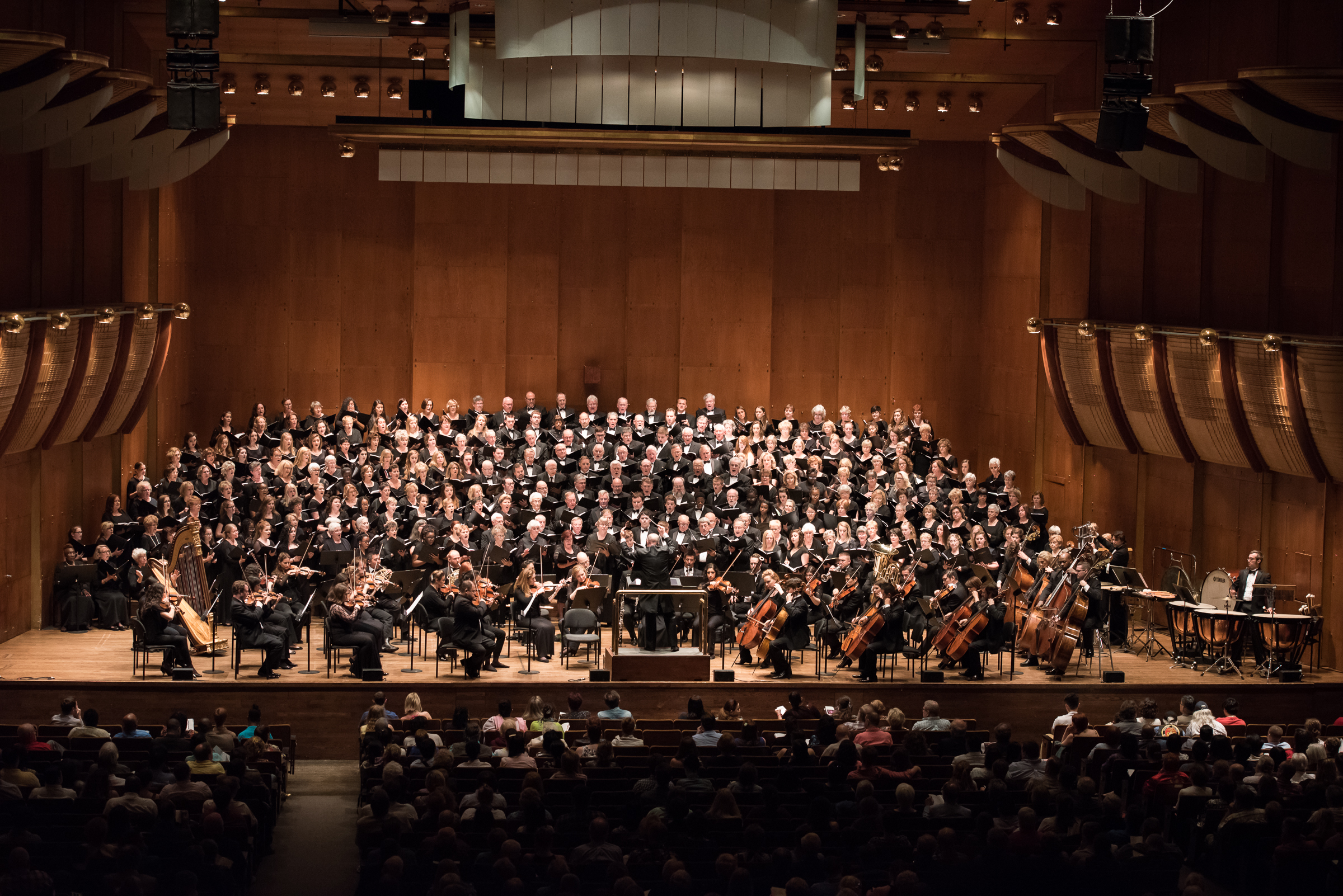Adrienne Haan, Cabaret Singer
Richard Danley, Musical Director
Vince Giordano & The Nighthawks
Joe’s Pub, New York, NY
October 17, 2018
Cosmopolitan actress and singer Adrienne Haan presented her exciting, stimulating, and inspiring show, Voluptuous Weimar – A Tribute To Berlin’s Golden Age at Joe’s Pub in Manhattan for a one night engagement on Wednesday, October 17 to an enthusiastic packed house. Accompanying Ms. Haan was not only her superb musical director/ pianist Richard Danley, but the astounding Vince Giordano & The Nighthawks. Ms. Haan made her entrance onstage to thunderous applause. In true Weimar fashion, she wore a sleeveless, shimmering short red dress. In addition, she sported a very short hair style with a headband complete with a beauty mark and accentuated eye makeup. Ms. Haan began her program with the very bouncy yet topical song Alles Schwindel (It’s All a Swindle). In that opening number, Ms. Haan quickly ingratiated herself with the audience not only with her beauty and charm and her wide, diverse vocal range, but also with her complete knowledge and understanding of the material she was interpreting. In that opening song, one heard her lovely soprano voice, but she also proved that she could project that well-known guttural sound so associated with legendary artists as Marlene Dietrich and Edith Piaf. Immediately after finishing the song, Ms. Haan smoothly segued into her next number, Sex Appeal , by giving a brief description as to what the theme of her show was about – Berlin’s Golden Age beginning directly after the first World War in 1918 when Germany’s economy collapsed. By 1923 the situation became so desperate that decadence became more prominent in Berlin. Social and sexual values were changing and, in Ms. Haan’s words, “millionaires had become paupers”.
Then by the mid-1920’s, the women’s movement and the gay movement had made their presence well-known in Berlin, especially in the artistic world where creative geniuses like Kurt Weill, Fritz Lang, and Josef Von Sternberg were flourishing. She then sang Ich bin die fesch Lola (They call me naughty Lola), the Friedrich Hollaender song made famous by Marlene Dietrich in the classic 1930 Von Sternberg film The Blue Angel. In her version, Ms. Haan began the song with a slow tempo and then gradually drifted into the more rowdy way audiences were used to hearing Dietrich sing it. Ms. Haan then sang what later became Dietrich’s most famous song, Ich bin von Kopf bis Fuss auf Liebe eingestellt (Falling in Love Again), also from The Blue Angel, while seductively sidling up to her pianist Richard Danley on the piano bench. She began the song in sprechgesang (spoken singing) form, and then when she reached the chorus she sang it full-out in German and English. Saxophonist Dan Levinson and violinist Andy Stein were featured very effectively in this number. The next song, Jonny, wenn du Geburtstag hast was also written by Hollaender for Dietrich. In setting up the song, Ms. Haan said that by the early thirties, Berliners loved anything American – Jazz, Josephine Baker, and Hollywood, particularly Johnny Weismuller. As a result, at that time, all Berlin girls called their lovers “Jonny”. In her interpretation of the song, Ms. Haan blithely walked through the audience like a charming free spirit and playfully flirted with a few men by kissing them or playfully tousling their hair. She also sang the song in both German and English.
Before singing Irving Berlin’s Blue Skies, Ms. Haan mentioned that Josephine Baker’s recording of that song was so popular that it resonated throughout France and Germany, and was played in all of the dance halls in both countries. It was a lovely upbeat version with Vince Giordano, himself beautifully soloing on bass saxophone. She followed up with another Irving Berlin song, Cheek to Cheek. In both songs, Ms. Haan’s lovely soprano voice was beautifully showcased. Note: Even though Ms. Haan saluted both Dietrich and Baker by singing their songs or songs they made popular, she wisely made no attempt at imitation, but made each selection her very own. She then mentioned that in 1932, when Cole Porter’s song Night and Day reached Germany, it became very popular in Berlin. Her rendition evoked not only the lovely lush melody that was so representative of the early thirties, but also the impending shadow of Nazism that was just about to take over Germany and, later, most of Europe. For the novelty song, Ich bin ein Vamp (I am a Vamp) , Ms. Haan referred to the big cabaret club in Berlin in the 1930’s, El Dorado. It was there she said that one looked for the pleasures of “one night”. Another Friedrich Hollaender number written for Dietrich, Ich Weiss nicht zu wem ich gehore (I don’t know who I belong to), was a lovely torch song in which Ms. Haan again showed off her fine range and dramatic talents.
Then in a complete change of pace, Ms. Haan, Mr. Danley, and Vince Giordano & The Nighthawks pulled out all the stops with a dynamite version of the classic Big Band number Sing, Sing, Sing. Before presenting this song, Ms. Haan revealed that the German youths admired anything American and British, and this number proved to be so popular that when the song reached Berlin in 1939, the Swing Youth Group was formed in Hamburg, however the group had to be circumspect and kept “underground,” because any swing music was considered Entartete Musik (degenerate music) in Nazi Germany. In her interpretation of this number, Ms. Haan sparkled, bubbled, shimmied, and percolated all over the stage with sex appeal and sensual abandon looking like she was ready to explode with excitement. The number also showcased Vince Giordano & The Nighthawks especially the marvelous Paul Wells doing masterful work on percussion. It was electrifying. Ms. Haan and the musicians followed that volcanic excitement with a delightful treatment of the 1932 song Bei mir bistu shein with Ms. Haan singing in both German and English. This was another song that was embraced by the Swing Youth Group, who were captivated by the Andrews Sisters’s recording. In Ms. Haan’s hands, the number was not only of one of the many highlights of the evening, but was also a wonderful showcase for trumpeter Mike Ponella.
In singing These Foolish Things, Ms. Haan said the song was also very much a favorite of the Swing Youth Group. She sang it very soulfully, digging deep into its lyrics and showing the tenderness, longing, and beauty in the song. It was very moving and touching – and thankfully, quite original!!
Puttin’ On The Ritz proved to be the perfect ending to an enchanting, enlightening, and overall, a most enjoyable and entertaining evening of cabaret. It was a fun version with Ms. Haan and her musicians obviously enjoying themselves and each other. For her encore, Ms. Haan sang another song strongly associated with Marlene Dietrich, Lili Marleen (later Lili Marlene). However it was not originally written for Dietrich. The music was actually composed during World War I and the lyrics were not written until 1938 on the eve of World War II. In her many appearances entertaining the troops during World War II and later in her concerts, it became Dietrich’s second most popular song next to Ich bin von Kopf bis Fuss auf Liebe eingestellt (Falling in Love Again). Again, Ms. Haan made her version of this song her very own and sang it with the right amount of love sentiment, sadness, and hope.
Kudos to Richard Danley and Vince Giordano & The Nighthawks for their brilliant accompaniment and musicianship. And most of all, huge kudos to Adrienne Haan for giving us so much pleasure and joy in the wonderful songs she sang and for her superb artistry as a sterling and riveting cabaret performer. I do hope that Joe’s Pub brings this inspired and innovative show back again. More!! More!! Bravo!!
Richard Holbrook for New York Concert Review; New York, NY
by new york concert review for New York Concert Review; New York, NY

